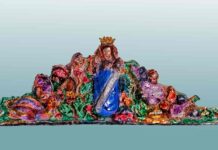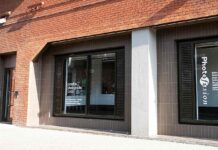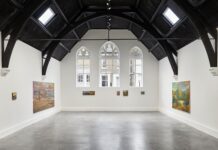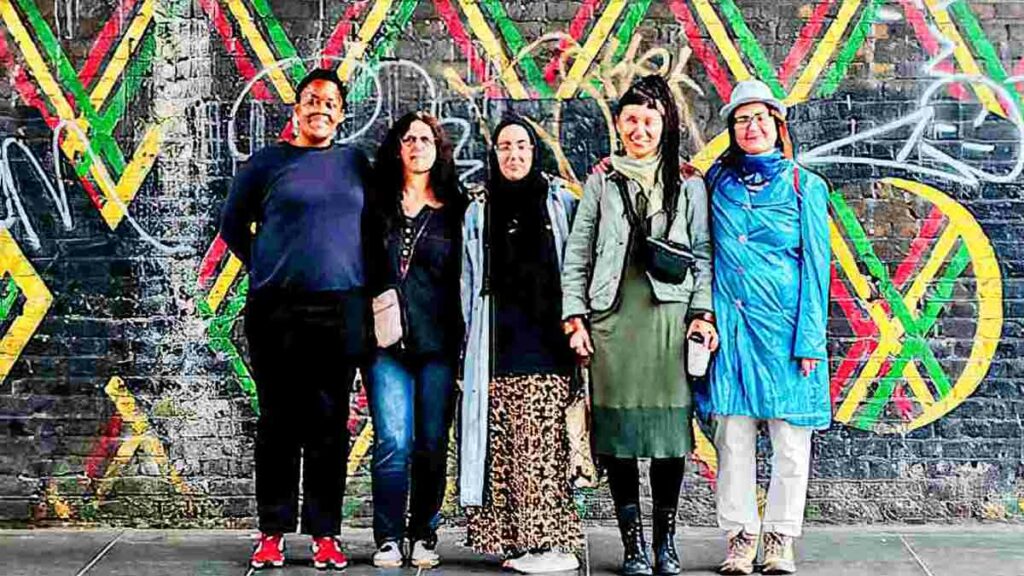
Deborah Stokes introduces the OpenheArt Collective – who have an exhibition in Pop Brixton – and discusses art in the community post lockdown
OpenheArt Collective is a Lambeth-based community arts group which formed during lockdown and has kept evolving ever since.
Originally consisting of six women who met at local award-winning social enterprise Arts4Space, the collective, who work with mixed media, decided to make creativity and geographical proximity rather than gender the uniting features of the group (partly because members had differing views on this subject!)
All members were united, however, in their belief that social inclusion, accessibility, active participation and interchange were vital to the health of any community, creative or otherwise.
The coronavirus pandemic has made many people re-examine the role of art and artists in society.
During lockdown artists were deemed “non-essential” workers with government campaigns seeking to persuade artists and performers who had spent many years training to abandon their dreams and work in fields deemed more “useful”.
Museums and galleries – traditionally the places where interchange between artists and the public occurred – were forced to close and art moved into outdoor spaces or transmigrated into the digital zone.
There were benefits as well as disadvantages to both – outdoor exhibitions, such as giant photographs in residential streets or on the sides of buildings, meant a greater, more mixed audience and engagement with local communities who often also participated in these projects in collaboration with the artists involved.
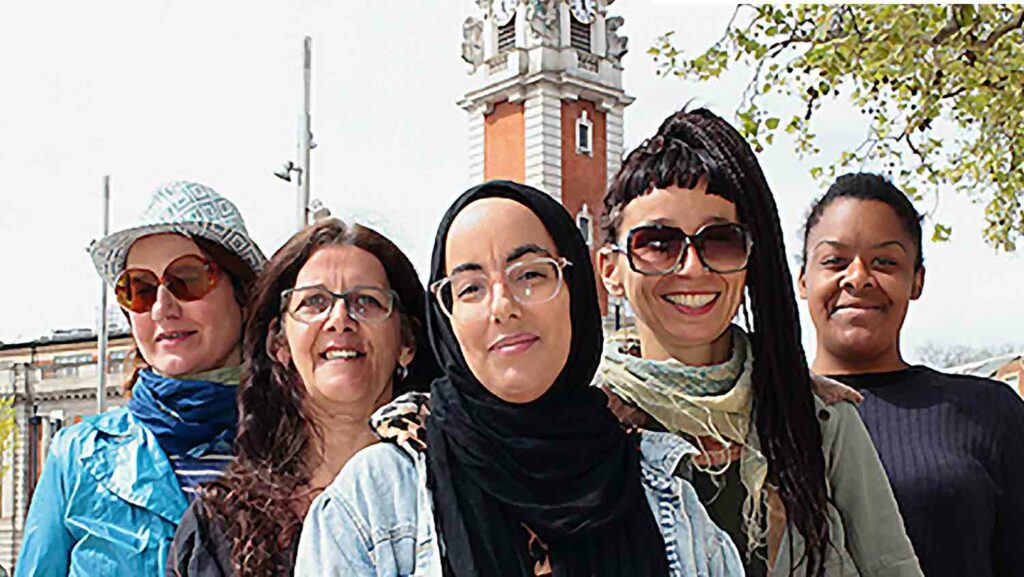
The explosion of online art meant that museums and galleries, the traditional custodians of the fine arts, could be bypassed. But it also meant that older generations of people who were not digitally literate, or those with certain disabilities, were excluded from these platforms.
As the hospitality sector opened up before galleries and museums did, many artists exhibited their work in local cafes and restaurants, which necessarily involved local engagement, again bypassing larger institutions.
Many people who had lost jobs, were furloughed, had disabilities but lost support structures, or were simply no longer able to leave their areas, found themselves with time on their hands. As Grayson Perry’s TV art show, Grayson’s Art Club, demonstrated, they used this to fulfil what seems to have been a collective need for creative expression, producing an outpouring of incredible art as a result.
Performers who were no longer able to rehearse or meet in groups channelled their creativity into other creative mediums they had previously regarded merely as hobbies and people who had rarely spoken to their neighbours found themselves forming new ties with random individuals so as not to be condemned to social isolation or a purely Zoom-based existence!
The OpenheArt Collective is an example of a very diverse group, with artists of different ages, nationalities, ethnicities and backgrounds who recognised a need, exacerbated by the lockdown, to work together collectively rather than in isolation.
They hope to expand in the future and would like to lead creative workshops in addition to continuing to exhibit locally.
Previous exhibitions have been at The Coffee Lovers Moroccan/French café in Wandsworth Road and at International House in central Brixton.
If you are a cafe or restaurant owner or local Brixton business/organisation with available wall space and an interest in promoting local artists and increasing footfall to your own venue, please contact the artists (Elżbieta Skowron, Janet Rich, Tiah, Sylvie Kone Awa Kone Le Gal and myself) at openheartcollective@outlook.com.
An OpenheArt exhibition at Pop Brixton, featuring embroidery, textiles and mosaics, is open until 18 June

